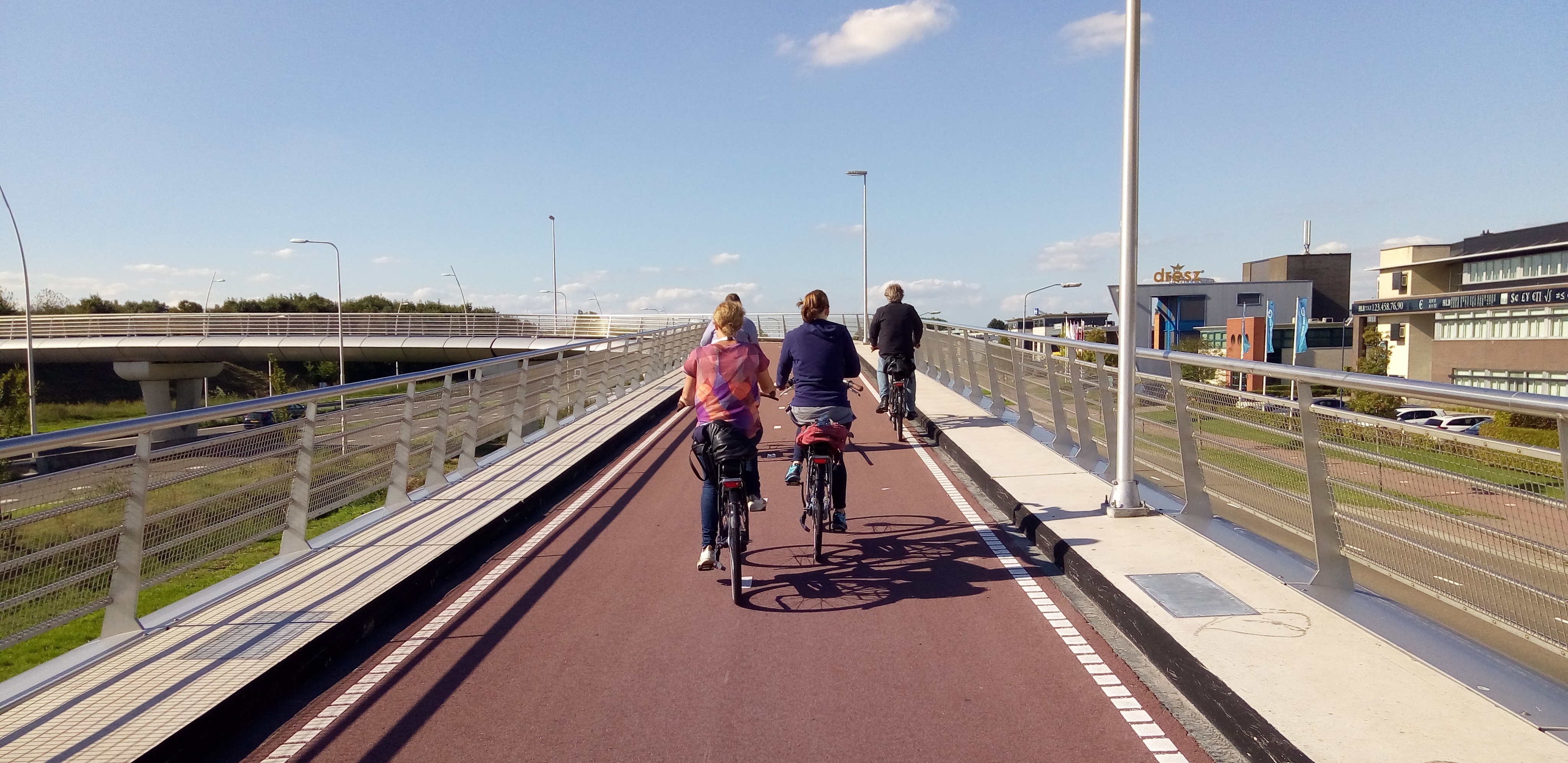
European Parliament's TRAN Committee votes for safer roads for cyclists
The Road Infrastructure Safety Management (RISM) directive (2008/96/EC) defines procedures that were supposed to ensure safety of the trans-European road infrastructure (TEN-T) but were focused nearly exclusive on the safety of car-occupants. The ECF has been working hard in the past two years to include the cyclists’ perspective in the procedures. The European Parliament's Committee on Transport and Tourism (TRAN) vote on 10th January 2019 therefore marks an important milestone towards safer roads for active mobility.
The European Commission’s proposal to revise the RISM directive, published in May 2018 as a part of the 3rd Mobility Package, already included several important improvements, that the ECF lobbied for during consultations last year, and as a part of the EU Cycling Strategy. The most important is the new article 6b, stating that Member States shall take the needs of cyclists (as well as pedestrians and motorcyclists) into account in implementation of safety procedures defined in the directive.
Based on specific amendments prepared by the ECF in close co-operation with the European Transport Safety Council (ETSC), the TRAN Committee further improved the proposal during the past few months. This Thursday, the TRAN Committee adopted the report including the following amendments:
- Requesting the Commission to develop quality requirements for the needs of vulnerable road users (extensions of article 6b). The ECF considers this a key element to make sure EU funding is not spend on building infrastructure that is unsafe or creates new barriers for cycling.
- Requesting the Commission to develop minimum requirements for training curricula for road safety auditors and to include pedestrian and cycling infrastructure in the curricula (article 9 paragraph 1).
- Including the improvements in protection of vulnerable users in Member States reporting to the Commission (article 11a paragraph 1).
- Including the estimates of pedestrian and bicycle flows determined from adjacent land use attributes in road safety impact assessment of new road projects (annex I), which will help to identify the need for pedestrian and cycling infrastructure before the road is built.
- Fleshing out what kinds of cyclists’ needs should be considered during road safety audits (annex II), including moving along and across the reconstructed road, as well as other affected roads.
- Changing the perspective of road safety inspections from car driver to all road users (annex IIa).
- Better data collection about cycling traffic and infrastructure in Network-wide Road Assessment (annex III), which should form a solid foundation for evidence-based policies.
The report will now be discussed by the European Parliament plenary. The Parliament will then negotiate with the Council of the EU and the Commission (in so-called 'trilogue') the final shape of the legislation.
The TRAN Committee report is more progressive than the position of European Council and an important step towards better road safety infrastructure management across EU. We would like to take the opportunity to thank the rapporteur Daniela Aiuto, as well as shadow rapporteurs Michael Cramer, Karoline Graswander-Hainz, and Kateřina Konečná for taking the ECF’s suggestions into account in their work on the directive.
Regions:
Contact the author
Recent news!
Upcoming events
Contact Us
Avenue des Arts, 7-8
Postal address: Rue de la Charité, 22
1210 Brussels, Belgium









